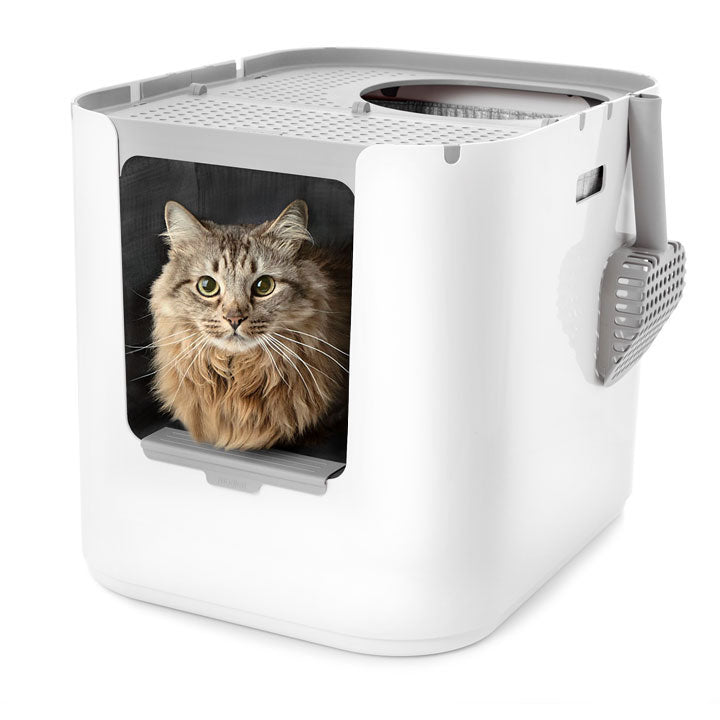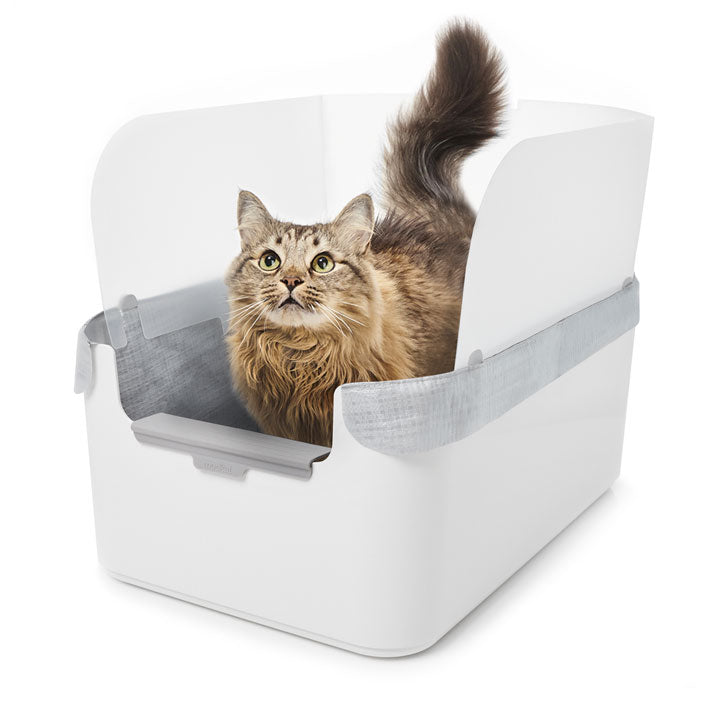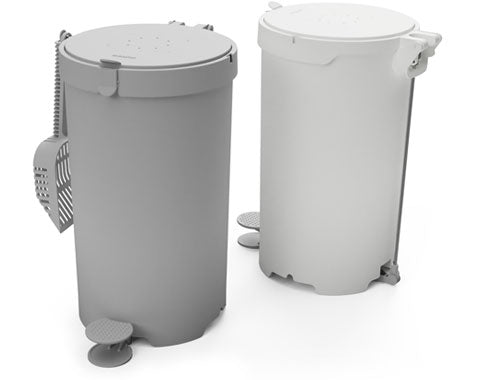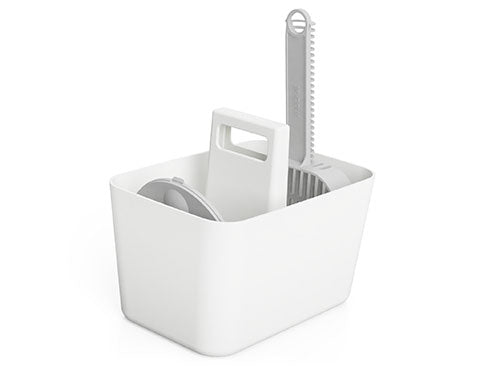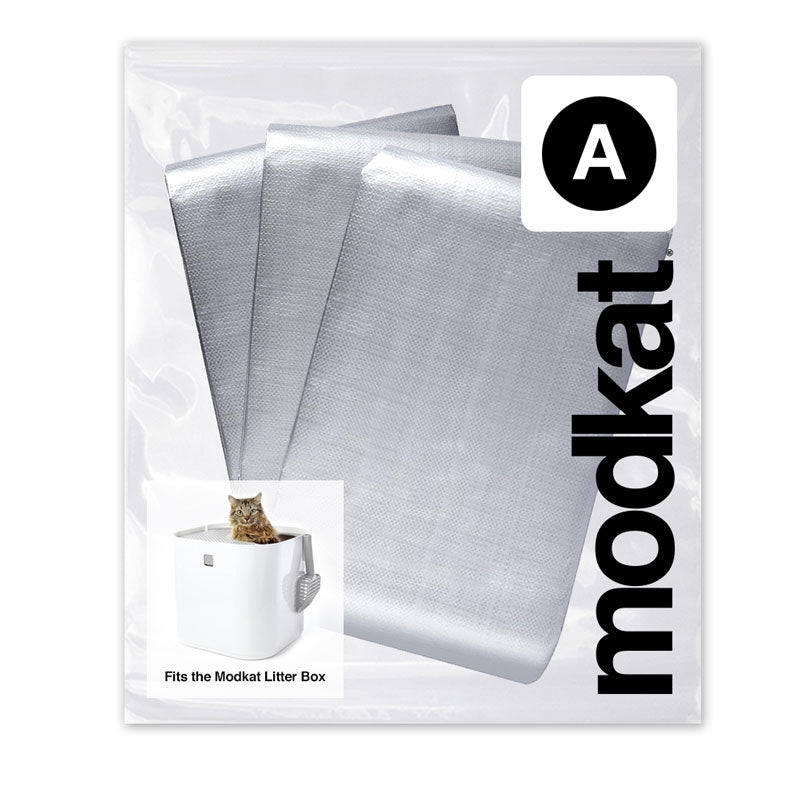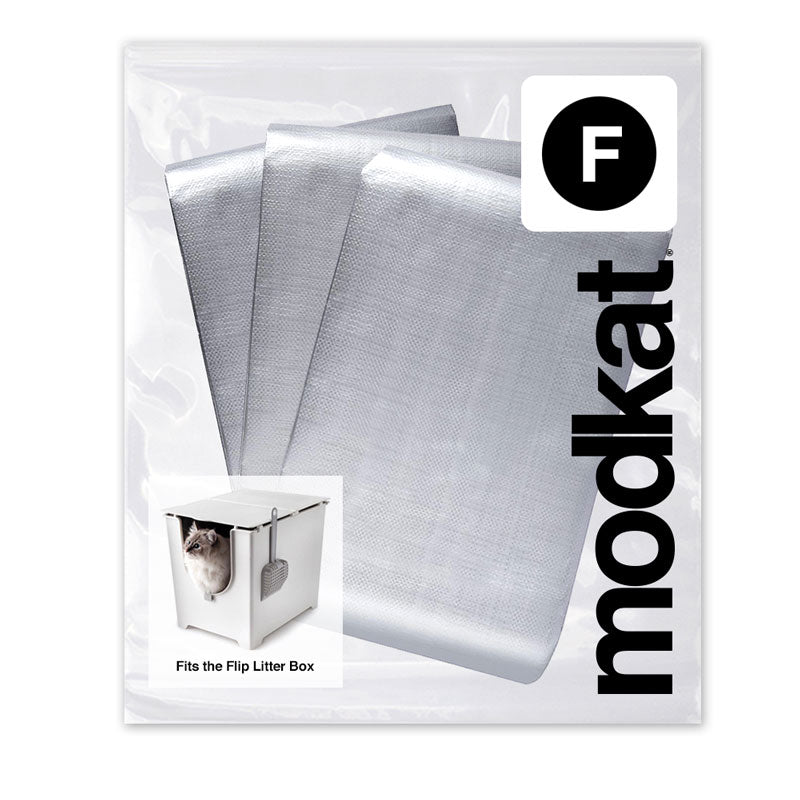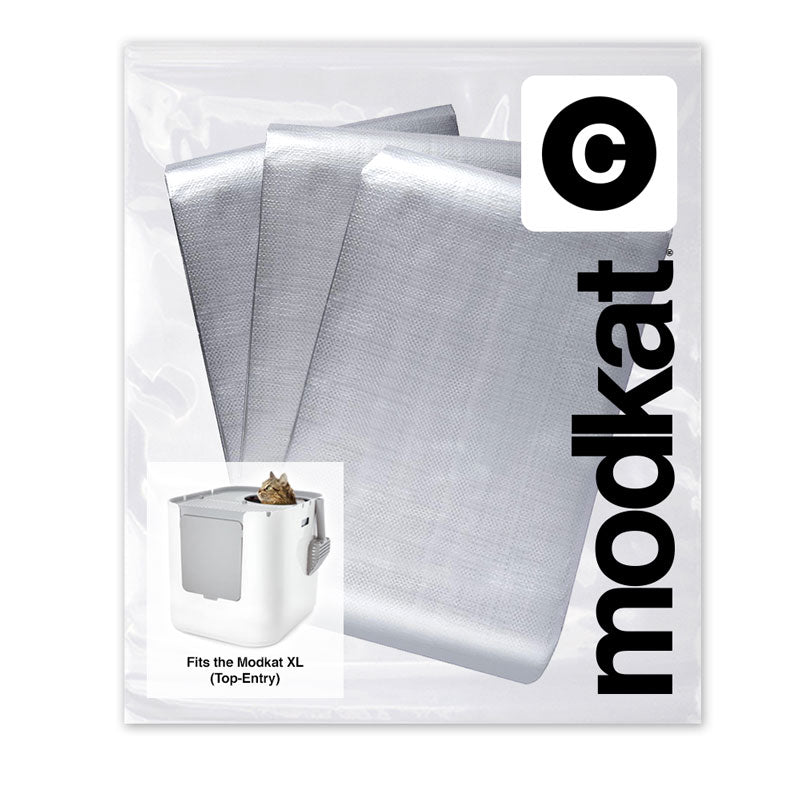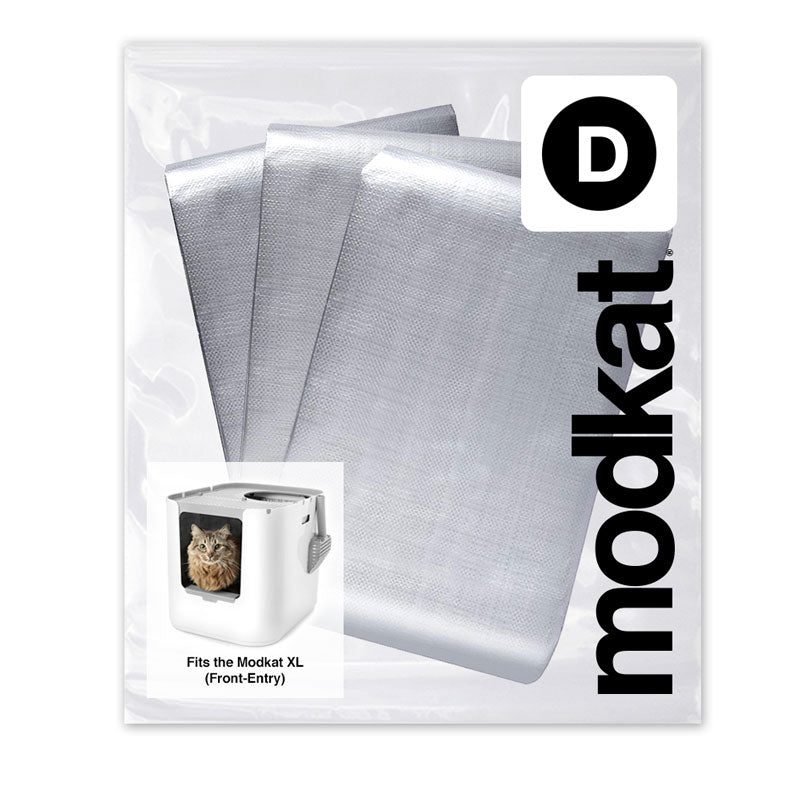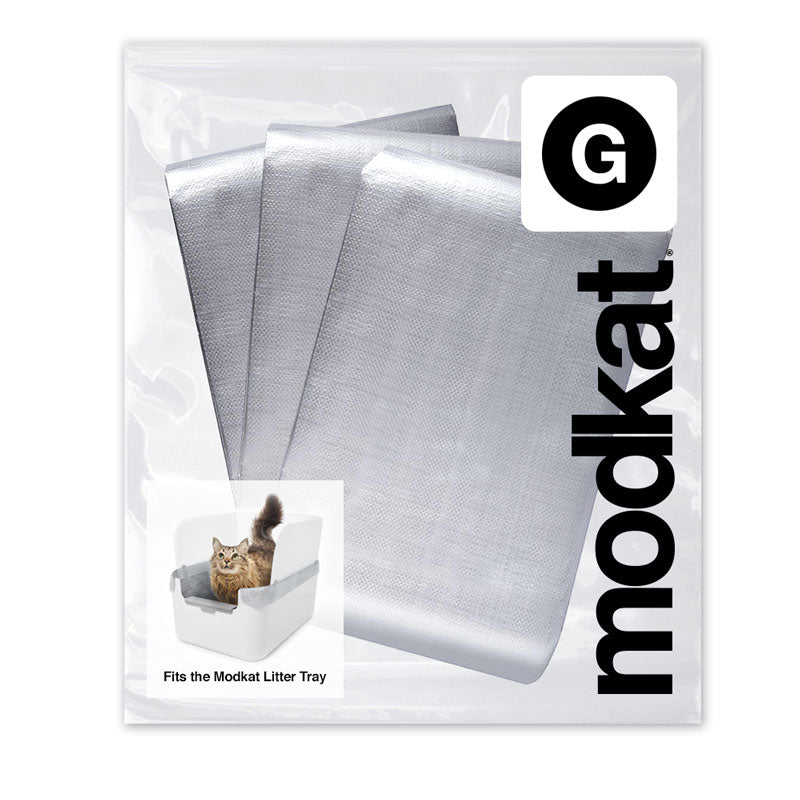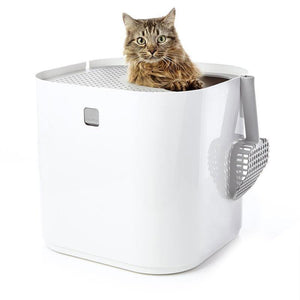Litter Boxes
Accessories
Liners
Does petting your cat stress him out?

A study published in LiveScience in 2013 suggested that petting cats can stress them out. At least, that was the headline that grabbed readers' attention.
Is it true? Does petting your cat lead to a neurotic, anxious creature skulking through your home? Or do cats really like to be petted despite their reputation for aloofness?
We know that petting a cat or dog can lower our own blood pressure and increase the release of feel-good hormones in our human brains. Does petting a cat relieve stress for the animal, too?
Let's look at the myths and truths about petting cats.
Do cats like to be petted?
Most cats love to be petted.
In fact, nearly any mammalian species responds positively to affectionate contact with other living beings. That's why cats purr when you pet them. Dogs lick your hands. Even monkeys get a kick out of grooming each other. And of course, hugging a friend sends a major wave of endorphins through the human body.
It's true that some cats don't enjoy being petted, but they are the rare exception rather than the rule. The problems arise when cats are petted incorrectly.
How do you know when your cat is getting overstimulated?
According to cat guru Jackson Galaxy in his video You’re Petting Your Cat All Wrong!, it's not petting that sets a cat's teeth on edge. It's full-body stroking. Unlike dogs, who typically love having their humans' hands rubbed through every square inch of their fur, many cats find that experience nerve-wracking.
Jackson suggests keeping an eye out for signs of rising angst in cats such as a twitching tail and static electricity while you're petting them. Instead of a full stroke, try extending your finger and letting the cat pet you. This much less intense experience is more relaxing for the cat - and ultimately for you, too.
Where do cats like to be petted?
While all cats have their unique quirks, most of them are predictable about where they like to be touched. It's usually under their chins, at the base of their ears, on their cheeks, and at the roots of their tails.
Hit the sweet spot in any of these locations, and your cat is likely to reward you by pushing back gently against your hand. These areas contain scent glands, which excrete minuscule droplets of scent on your hands, claiming you as the cats' very own person.
What about bellies?
If your experience with household pets was limited to a dog who kicked adorably at the air when you rubbed her belly, you might ask:
Do cats like to have their bellies rubbed?
In general, the belly is a "no-go" zone for cats. Although many kitties show their bellies as a sign of trust and affection and a few accept gentle tummy strokes, most cats loathe and fear having their bellies touched. They will scratch the hand that does so.
Do cats like being held or kissed?
Most cat parents admit to kissing their pets. We love our pets, after all, and kissing is a way humans show deep affection and connection. Despite their reputation for being aloof, our cats love us, too. But they're cats, so they show affection differently.
Some cats probably enjoy - or at least don't object to - a gentle kiss on the head or cheek. It's not, however, the primary way a cat shows love. Remember that cats are descended from wild animals who are both predator and prey in their natural habitats. To an ever-alert feline, the highest form of love is trust. Cats show trust by closing their eyes in your presence.
Really. If your cat does a slow blink or falls asleep near you, you've just received the equivalent of a kitty kiss. You can give a slow blink back, and your cat will know that you're making things official.
Being held is a little different. Again, cats are prey in the wild, so anything that feels constricting is likely to frighten them. Most cats aren't cuddlers.
If your cat objects to being picked up, leave him on the floor. On the other hand, if she's a snugglebug, enjoy it. Just follow your cat's lead, and you'll be fine.
Final thoughts.
Although cats are more autonomous than many other creatures, they are definitely social animals like dogs and humans. They may not show it, but most cats love having their human parents pet them.
Show affection the right way, and you'll be rewarded with lots of slow blinks, head butts, and early-morning purrs for many years. 🐈
“It looks nicer than any other hooded or open option we considered.”

Purrr News.
Join our email list and get exclusive access to new products, the best cat litter box health articles, and 10% off your first order!
Similar products related to this blog:
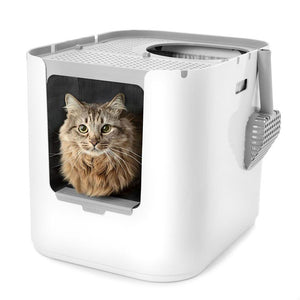
"It looks nicer than any other hooded or open option we considered."

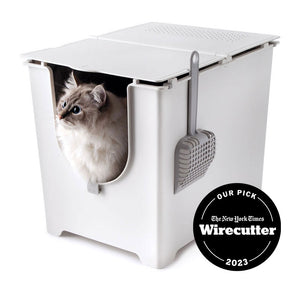
"This litter box keeps everything in, nothing gets out the sides."
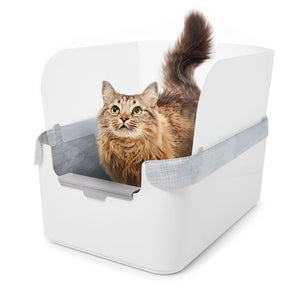
"My beautiful ragdoll cat and I both love the new Modkat Litter tray!"

